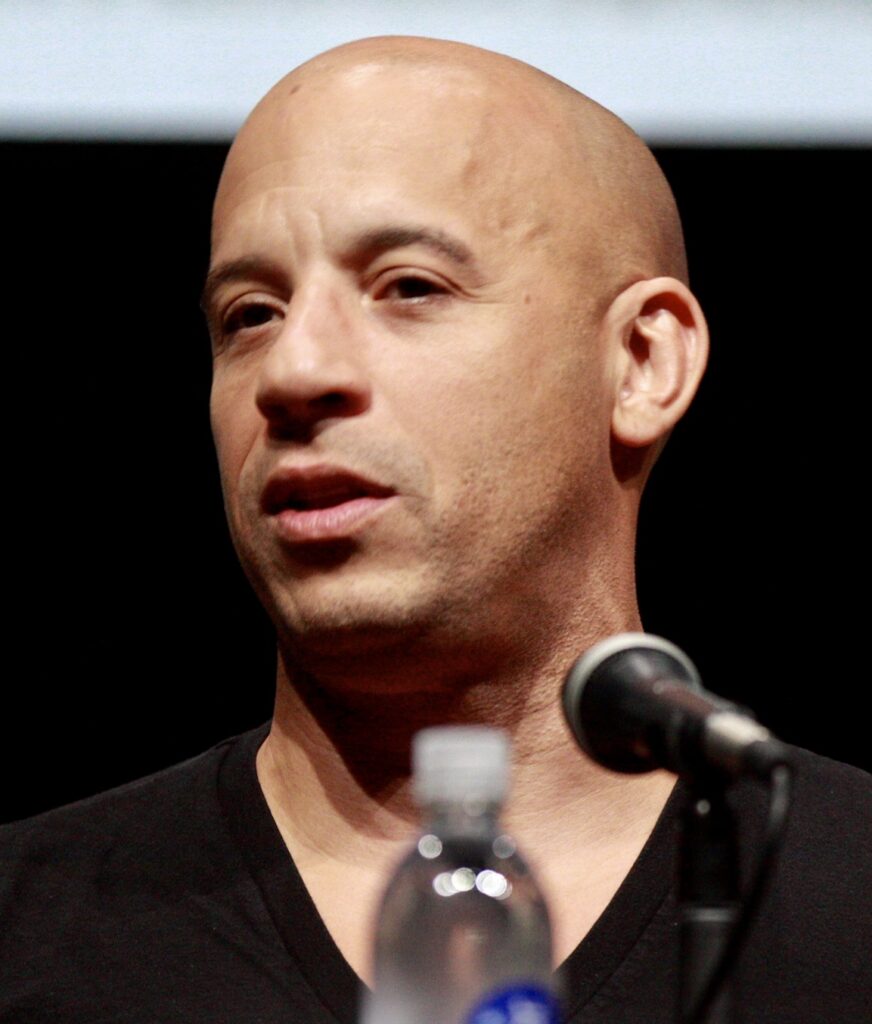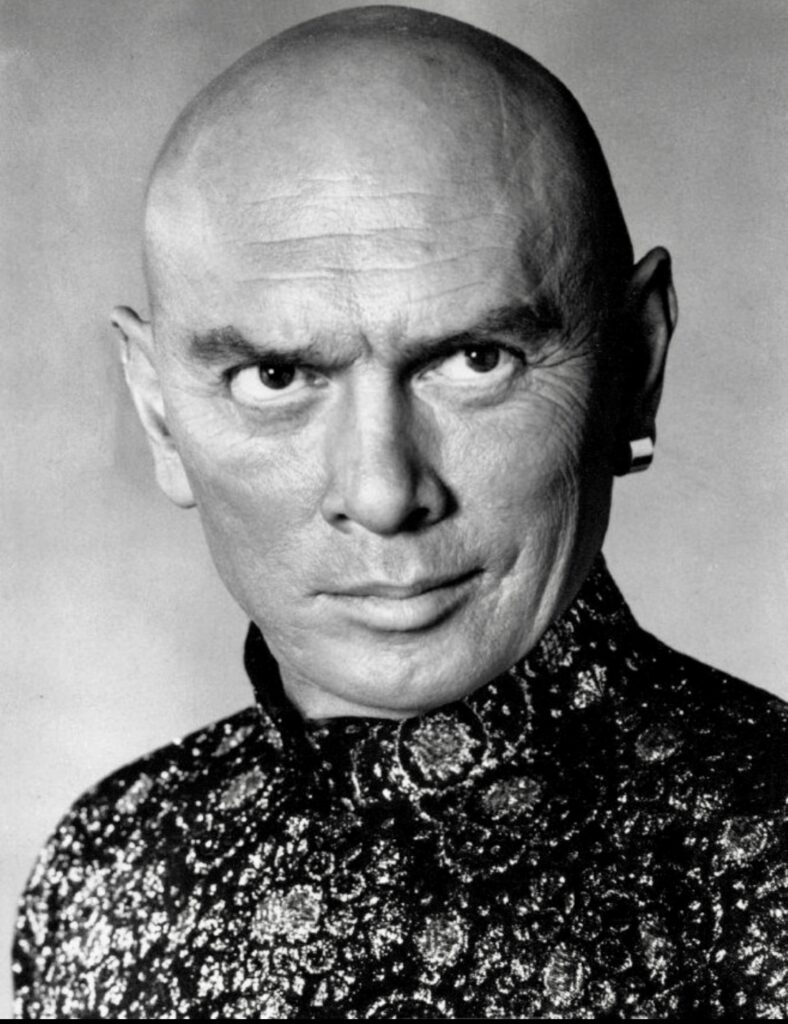WHERE HAVE ALL OUR HAIRS GONE?
Text by Henrylito D. Tacio
Photos sourced from Wikipedia
To us, men, the numbers aren’t pretty. One in five of us starts losing his hair soon after puberty and is completely bald – hold your breath! – by age 30. Three out of five gradually lose theirs between 30 and 60. After that, one of us is left standing with a full head of hair – and even then, that hair will be growing thinner, each strand shrinking in diameter around 15 percent by the age of 70.
If it’s any comfort, some of the famous men we often read in the newspapers and see in the television are bald or going such. Among them: Andre Agassi, tennis player; Yul Brynner, actor; Danny De Vito, actor and director; Michel Foucault, author/philosopher; Bob Hoskins, actor; Michael Jordan, basketball player; Oscar Kempthorne, statistician; C. S. Lewis, author; Thomas Merton, spiritual leader; Tom Paxton, musician; Pablo Picasso, artist; Burt Reynolds, actor; Telly Savalas, actor; Patrick Stewart, actor and director; Sean Connery, actor; and Bembol Roco, actor. From the past, we have Julius Caesar and Napoleon Bonaparte.

If ancient cave paintings in Mexico are any indication, balding is not just the fate of modern man. Nor is the struggle against hair loss. As Tim Clark reported in a 1988 article, the earliest recorded baldness remedy dates back to 4000 B.C., “when the mother of King Chata of Egypt recommended rubbing the balding head vigorously with a mixture of ground-up dog’s paws, dates, and asses’ hooves, cooked in oil. In later centuries, desperate men massaged their scalps with…boiled snakes and cow urine…to no avail…”
The subject of baldness occurs several times in the Bible, including 2 Kings 2:23-24: “From there Elisha went up to Bethel. As he was walking along the road, some youths came out of the town and jeered at him. ‘Go on up, you baldhead!’ He turned around, looked at them, and called down a curse on them in the name of the Lord.”
Caesar is believed to have worn his famous laurel wreath mostly to conceal his baldness. Napoleon, anticipating what would become a great symbol of modern “nerd-dom,” grew his hair long in back and combed all of it forward.
Philosophers Aristotle and Hippocrates both had theories about causes and cures of baldness. Hippocrates, importantly, noticed that eunuchs never seemed to lose their hair. Though he didn’t realize it, he’d become the first person to make a link between baldness and the male sex hormone testosterone, a relationship scientists have discovered and are still trying to fully understand.
If you’ve observed, hair grows on every part of our body except the palms of the hands and soles of the feet. The hair on our head grows in thin cylindrical filaments of nonliving cells of protein known in science as keratin. These hairs emerge from pouch-like follicles located in the underlying dermis area beneath the scalp.

Listen to the words of a hair expert: “At the base of each follicle, newly dividing cells emerge to form the bulb-shaped root of the hair, forcing older cells upward toward the scalp, where they die and harden into shafts of hair. While some follicles produce a single strand of hair, most human hair grows in clusters, typically two or three hairs per follicle, at an average rate of 0.33 mm per day, or six inches per year.”
According to the Encarta Encyclopedia,the form of the hair is one of the most important and reliable hereditary characteristics. The nearly black hair of the Papuan, Melanesian, and African grows from a curved follicle, which imparts a spiral twist, and is flat or tape-like in cross section. The hair of the Chinese, Japanese, and Native American is straight, coarse, long, and almost always black. It grows from a straight follicle, is round in cross section, and has an easily distinguished medulla.
Some 100,000 hairs cover the average human head. Adults lose an average of about 100 hairs a day.
There are many categories of balding, from gradual thinning to the temporary hair loss associated with chemotherapy, stress, high fever, and iron deficiency. But until now, scientists still don’t fully understand the causes of baldness among men, though they know heredity, aging, and male hormones (known as androgens) all play a part.
For decades, a man’s testosterone level was believed to be the culprit–the more testosterone (and thus, comfortingly for those afflicted, the more virility), the more likely and pronounced the balding. But recent research has shown balding not to be linked with testosterone quantity , but rather with some kind of testosterone conversion process.
The link is with the number of “receptor sites” that convert androgen into more active forms. And the old saying that a man could see his hair’s future in the head of his maternal grandfather also has fallen from accepted science. Baldness does run in families, but not in predictable ways.
If we, men, start losing our hair, should we be alarmed by it? Don’t be. Listen to the reaction of this beautiful woman: “I have another friend who has lost most of his hair, but he is very good-looking and has wonderful eyes. His wife says she married him for (among other things) his face and for his hair. He is caring, kind, affectionate, and has a riotous sense of humor.”

Here’s another reaction: “One of the most handsome men I ever saw in my life worked with me in a large computer company. We were both writers, and we saw each other often in projects in which we were both involved. He was funny, personable, gracious, intelligent, and was in great physical shape. It wasn’t until I was getting ready to leave the company that I noticed his hair was thinning! It didn’t bother him, and I knew him for months before I even noticed.”
Here’s an assurance from a thirtysomething actress: “I hate to think of all the fantastic men out there who, for the lack of some hair, think they are not attractive. Forget about hair for a moment – how much else do you have to offer?”
Good question.

